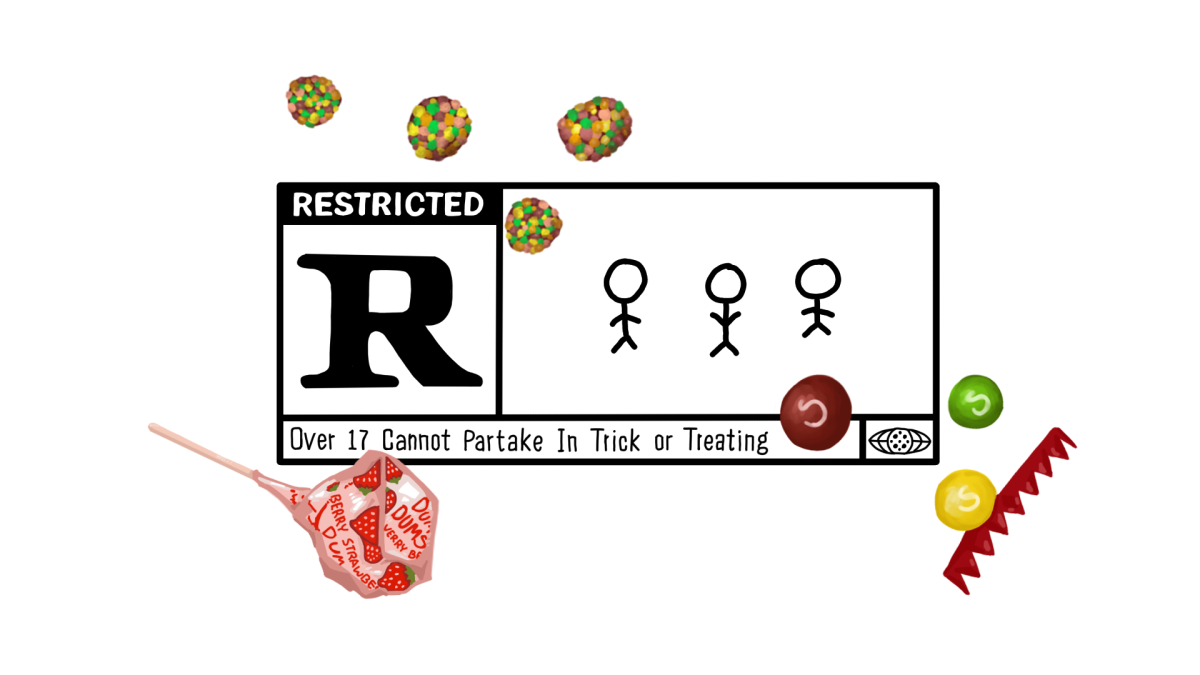The presence of military recruiters is no anomaly on the FHS campus. Throughout the year, the school sees a recurrence of different military scouters who set up booths in the well-trafficked areas of campus to attract students. As a school that qualifies as “low-poverty,” this is no coincidence. The military has a long history of targeting minorities and manipulating poorer communities of color, an activity that is prevalent here at FHS.
Military scouting has been mandated to be implemented in schools through the “No Child Left Behind Act” and the “Every Student Succeeds Act.” These acts have altered the nation’s approach to education through the legal obligation to support the military agenda in high schools. Specifically in poorer communities, these high schoolers are targeted because of the underfunded and under-resourced curriculums where joining the military is encouraged and seen as the only viable option for a successful future. The military manipulates students with the promise of monetary and educational benefits and an escape from the cycle of poverty for those who join. This method of recruitment perpetuates class and race inequalities and upholds the exploitation of communities of color in this country.
The question arises of who exactly is being targeted by these recruiters. These low-income communities are more often than not made up of people of color. Historically, military service has also been an opportunity to prove citizenship or pledge loyalty to the US, but risking their livelihood in doing so. Segregated army units such as the 442nd Infantry Regiment (Japanese-American unit) and the 92nd Infantry Division (African-American unit) were sent on the deadlier missions of World War II, as their lives were seen as more expendable than those of their white counterparts. Even now, residents of some US colonies are not considered American citizens but can serve in the US military. This shows the agenda that military recruiters and scouts uphold by targeting demographically diverse low-income schools and communities.
FHS is known for being the most underfunded and under-resourced school in the FUHSD district. This year alone, FHS has had multiple military recruitment booths and will soon be having a military fair in March. This presents the question of whether military propaganda is as heavily targeted toward the other schools in the district. The obvious discrepancies in the resources and funds provided for FHS in comparison to other high schools in the district prove the inequity that FHS faces as a qualifying low-income school. As the school with the largest and most diverse student body, the need to question the efforts being put into the push for a school-to-military pipeline is growing. This is not to undermine anyone’s decision to join the military, as the immediacy of a stable source of income proves that it is a viable option for some. The root of the issue lies in the military’s racialized method of targeting communities which has dissuaded students from paths to higher education.




















